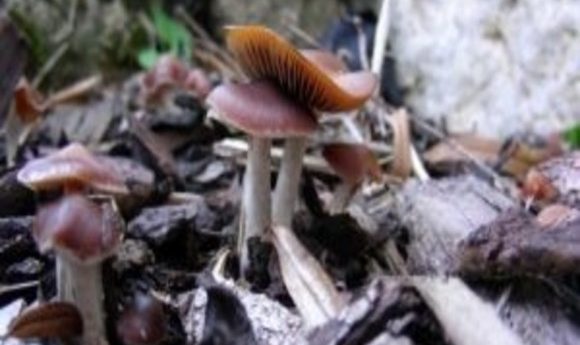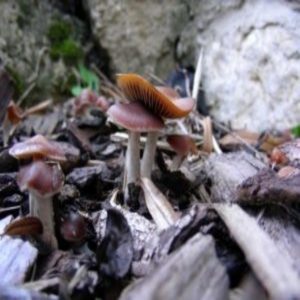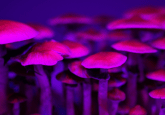Researchers unravel the magical mystery of psychedelic mushrooms

After more than half a century of mystery, researchers reveal how mind-altering “magic mushrooms” naturally create psilocybin, the psychoactive compound known for its role in 1960s counterculture. What benefits might this discovery hold?

After nearly half a century of mystery, Dirk Hoffmeister and colleagues revealed how mind-altering “magic mushrooms” naturally create psilocybin.
Credit: Dirk Hoffmeister & Friedrich Schiller University of Jena
After Albert Hofmann first revealed the chemical structure of psilocybin, the psychoactive compound found in Psilocybe carpophores, or “magic mushrooms,” the fungus quickly became associated with the psychedelic counterculture of the 1960s. However, due to legal restrictions and the mushroom’s genetic complexities, learning how the fungus synthesizes psilocybin has been quite the scientific trip.
Now, in the journal Angewandte Chemie, researchers describe the key fungal enzymes needed to create the hallucinogenic compound, as well as a biosynthetic process for creating psilocybin on demand. These findings may enable more cost-effective production of the compound, allowing researchers to more deeply explore its therapeutic potential for treatment of anxiety in advanced-stage cancer patients, nicotine addiction, and depression.
“Here, we have simply solved a little miracle of how mother nature naturally uses certain enzymes to make a fantastic compound that has been impacting humankind for centuries,” said Dirk Hoffmeister, who led the study at the Friedrich Schiller University of Jena. “I believe this can trigger an important discussion on the pharmaceutical value of psilocybin and bring it back into the spotlight, instead of dismissed as a flower power drug that was popular years ago.”
To understand how mushrooms synthesize psilocybin, Hoffmeister’s team sequenced the genomes of two fungi, Psilocybe cubensis and Psilocybe cyanescens and then computationally identified key genes that encode four distinct enzymes used to convert the amino acid L-tryptophan into psilocybin. The researchers next cloned the genes and produced the enzymes in bacterial and fungal cultures, verifying each step of the enzymes’ activity in synthesizing psilocybin. Ultimately, Hoffmeister’s team found that they could produce their own samples of psilocybin in the lab by creating a combined reaction using just three out of the four fungal enzymes (PsiD, PsiK, and PsiM).
“We knew what enzymatic activity to look for, but were pretty surprised to see how smoothly the process worked in vitro once we combined the enzymes,” noted Hoffmeister.
Hoffmeister believes that this discovery could open the doors for more efficient commercial production of psilocybin for pharmaceutical and therapeutic purposes.
“At the moment, psilocybin is a Schedule 1 narcotic and shares a similar story to hemp, which is also looked on unfavorably but has shown therapeutic potential,” said Hoffmeister. “Previous clinical trials have shown real therapeutic benefit of psilocybin, and by providing the route of how to access the molecule, perhaps this puts it back on the radar for patients in future clinical trials or academic research at a reasonable cost.”
